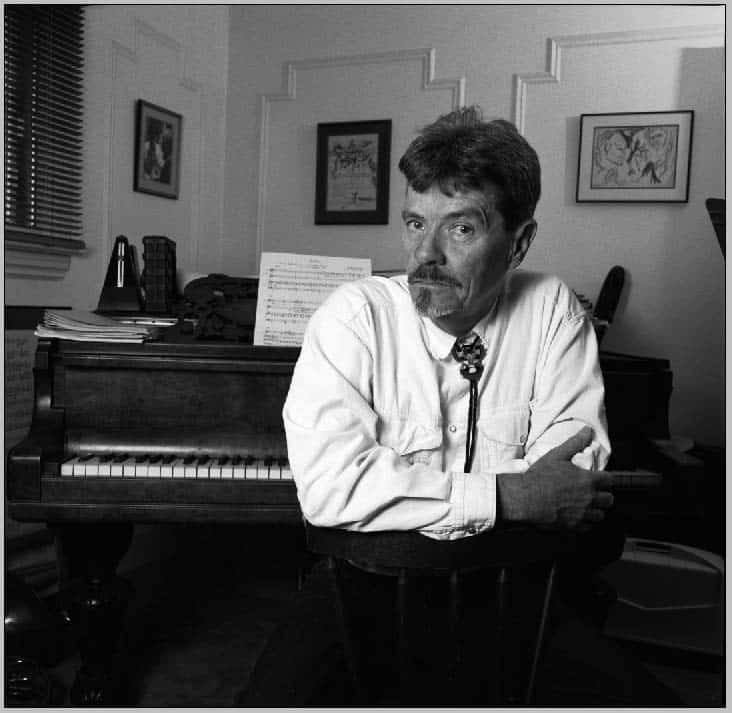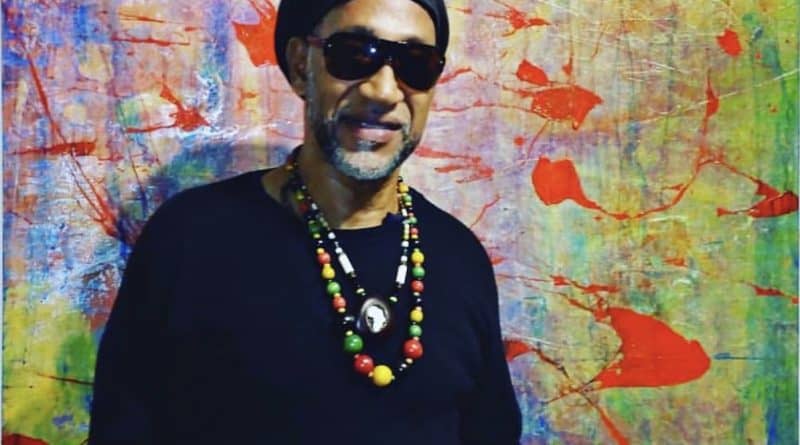There’s always a tendency for re-inventing the past, especially when it comes to music. When we hear snippets of a familiar song, our ears can’t help but perk up in nostalgia. To achieve this appealing blend of old and new, artists invented the technique of sampling music.
A technique popularized in the mainstream by New York DJs and producers around the birth of hip hop, sampling is a way to take a section or even a completed track and repurpose it in a way to make it fresh. What was once viewed as a questionable experimental process, sampling is commonly used in music production and is prevalent in all kinds of genres today.
The First Steps
Though sampling was popularized with the hip hop movement, musicians and composers working in electroacoustic music, specifically Musique Concrete, were the first to experiment with sampling techniques. Composer Pierre Schaeffer wanted to investigate the concept of acousmatic sounds, or the ability of listeners to reduce sounds to the process of hearing alone. He intended this to be a way to deviate the listener’s attention away from the source of sound generation (natural or manipulated), to the sound or perception of the sound itself.

To achieve this, artists had to physically manipulate reel-to-reel tape in order to get the section of sound they wanted. These sections were spliced together then played back, usually while the artist did further physical or electronic manipulation.
Sampling as a musical technique was still unheard of, but composer James Tenney’s Collage #1 (“Blue Suede”) is an early example of it used on a commercial song. The track is a manipulation of Elvis Presley’s hit “Blue Suede Shoes”. Composers like Schaeffer and Tenney used classic techniques like speed changes, reversing, tape head echo, and filtering. Soon, many other rock musicians like Frank Zappa, The Beatles and Pink Floyd began to experiment with sampling and incorporate it into their records.
When sampling first arrived at the music scene, it wasn’t without some initial controversy. Because of the way songs were manipulated into new tracks, producers and artists echoed concerns relating to copyright infringement. It’s a tricky subject, and over the history of sampling, the courts have ruled both against and in favor of defending sampling as a legitimate technique that didn’t violate artistic integrity.
Hip Hop “Breaks” Through
While pop artists like The Beatles were first discovering sampling, the underground hip hop movement took the technique to new heights in the 1970’s.
Bronx native DJ Kool Herc was one of the originators of drum break sampling, and often DJed funk and soul tracks like those from James Brown. Simply known as a “break”, drum breaks refer to a drum and percussion segment in the middle of a track. He began featuring them in his parties when he realized that including the breaks responded well with his audiences, and stood out as a unique and energetic highlight of his sets.

Kool Herc would isolate the break and prolong it by queuing it up on two of the same records on two turntables, then alternated from there. The break ended on one table then started on the other, and vice versa. Dubbed the “Merry-Go-Round” technique, he used it in his DJ sets as early as 1972.
Aside from his innovative skills, DJ Kool Herc also made a name for himself as one of the “Founding Fathers” of hip hop, coining the terms “b-boy” and “b-girl” , as well as notably being one of the first to ad-lib slang terms in music, like “To the beat y’all” and “You don’t stop”. His style made waves throughout the genre, with many rappers and artists adopting the use of slang terms in their music and further accentuating the casual lyrical dexterity of hip hop music.
Mixing For A New Era
These pioneering techniques allowed hip-hop to gain momentum throughout the 1980’s, inspiring the likes of iconic figures like Grandmaster Flash and Afrika Bambaataa whose breakbeat DJing and turntablism continued to evolve the musical and cultural terrain. From there spawned a diversity of rapping styles and techniques.
New modes of hip hop began to emerge and develop, in addition to new forms of electronic music as different samplers like the E-MU SP-1200 and Akai MPC became more powerful. Classic synthesizers and instruments like the Roland TR-808 also arrived on the scene, being a favorite instrument of choice alongside samplers banging out funk and boogie samples. Sampling was just one of many innovations in music technology that exploded as a result of artists seeking alternative methods of sound production.
Modern sampling as we know it today wouldn’t have progressed without the success of the hip hop movement and its founding figures. The dancing, music, and cultural significance reflected in the multi-faceted nature of hip hop point to the natural versatility and inclusivity that sampling offers artists. The ability to choose the best parts of songs to create new sounds ensures that musical creativity continues to take on new forms and constantly undergo revolutions, on and off the turntable.
This content is from the course Sound Production in Ableton Live for Musicians and Artists, offered by California Institute of the Arts. If you want a deeper understanding of sampling and other music production techniques, enroll in the free course below:
Sound Production in Ableton Live for Musicians and Artists
California Institute of the Arts

